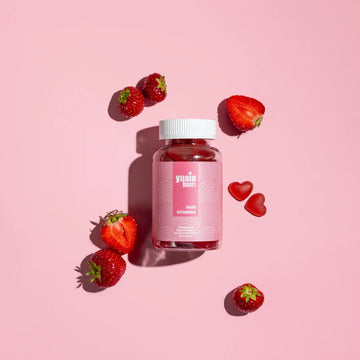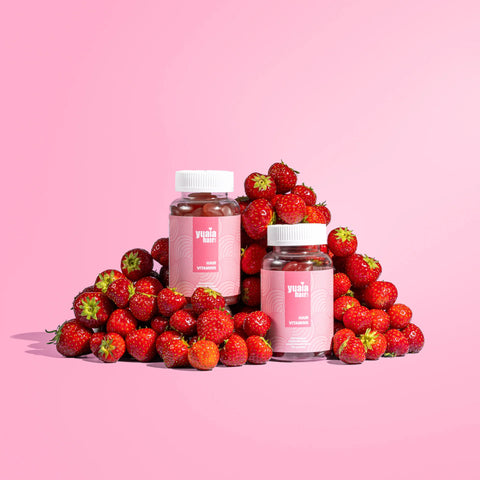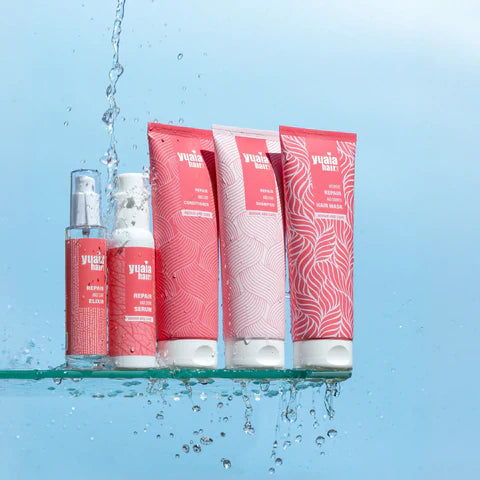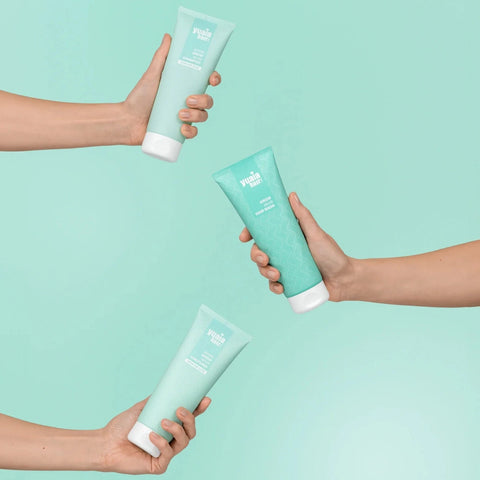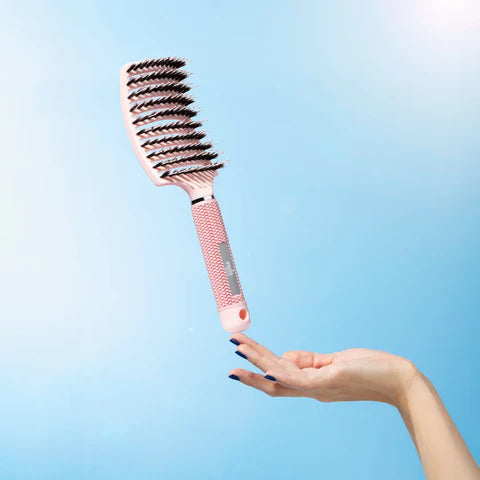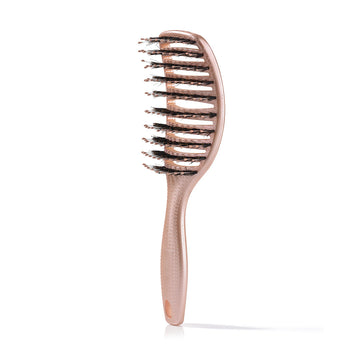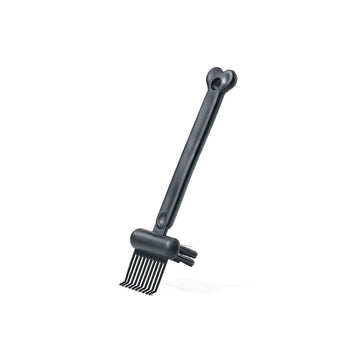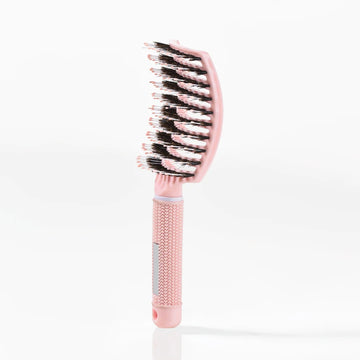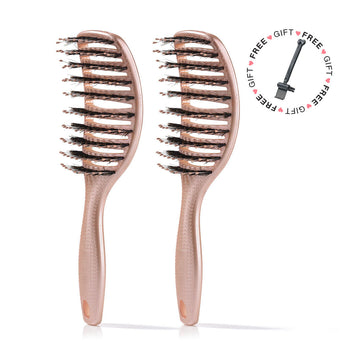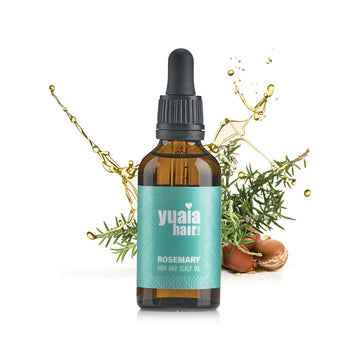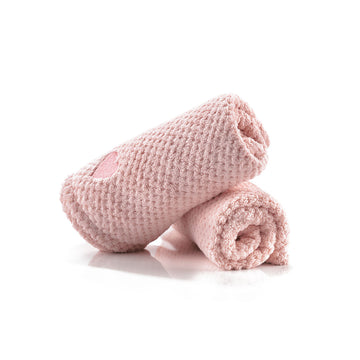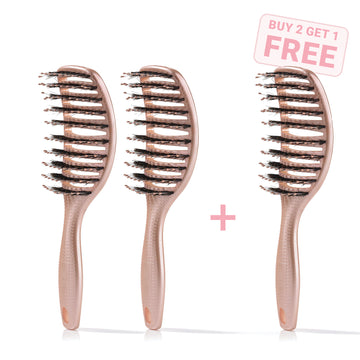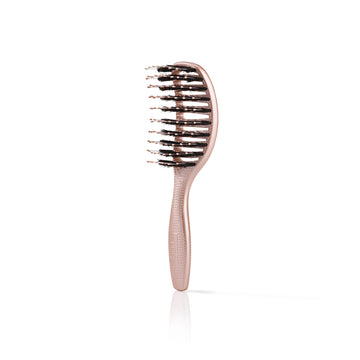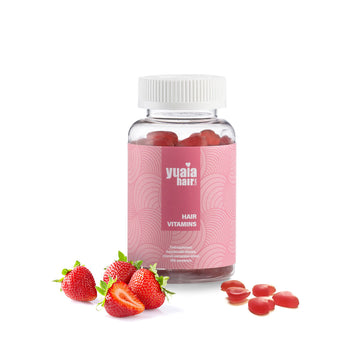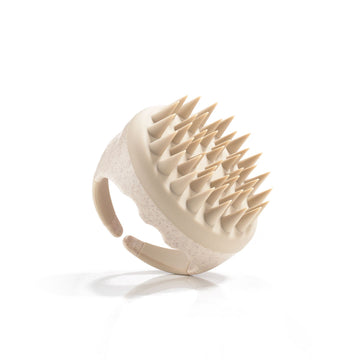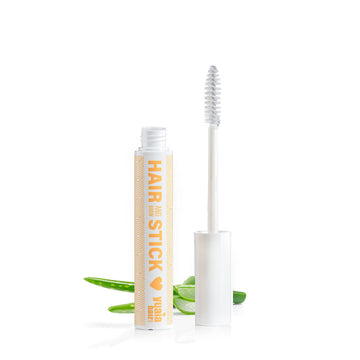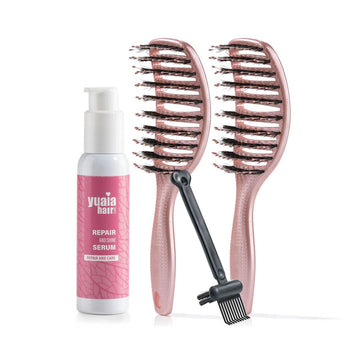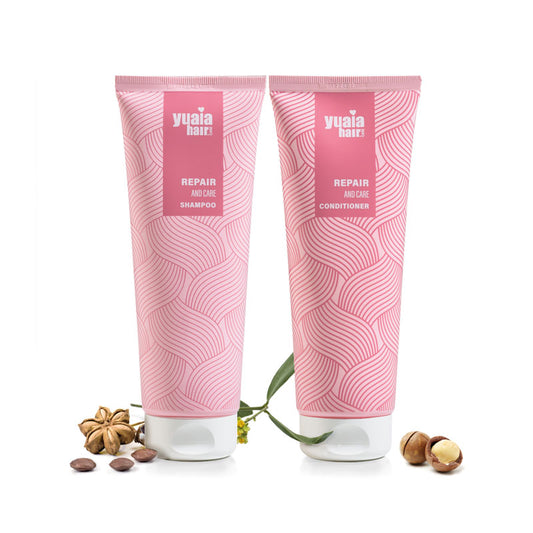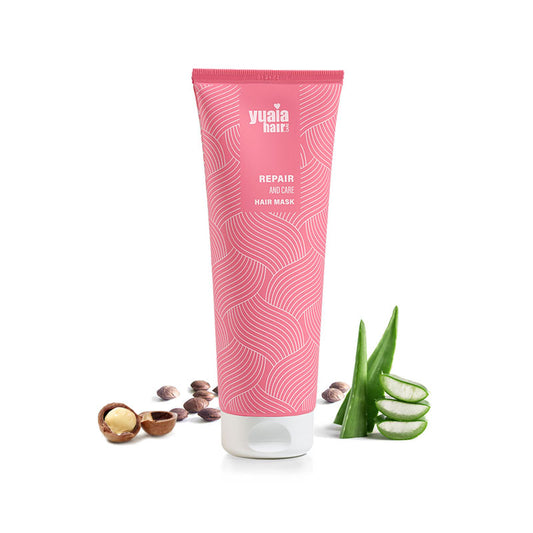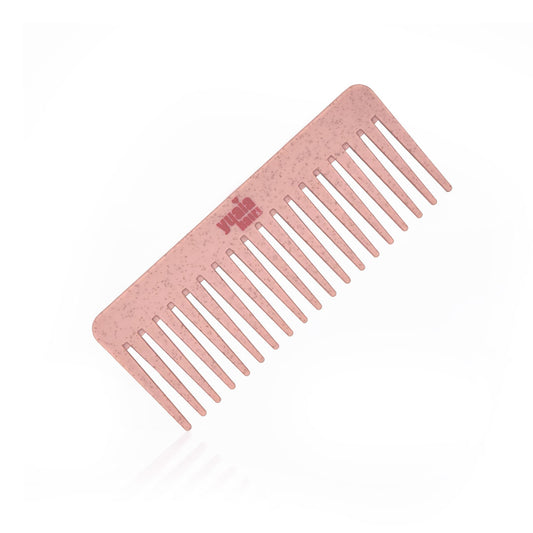
Styling and protection
Apply curl creams or gels to damp hair to enhance curl shape and give flexible hold without stiffness. Finish with a lightweight serum or oil on mid-lengths and ends to add shine and reduce surface frizz.
Deep treatments
Use a hydrating hair mask every one to two weeks to replenish moisture, repair damage, and strengthen strands. Avoid drying alcohols and heavy silicones, and look for ingredients like shea butter, coconut oil, argan oil, glycerin, and hydrolyzed proteins.
How to get rid of frizzy curly hair in 5 minutes
If frizz appears unexpectedly, a quick routine can revive curls and restore definition fast. Follow this simple step-by-step method:
Step 1: Rehydrate
Lightly mist the hair with water or a water-based leave-in spray to soften and add moisture.
Step 2: Detangle gently
Use your fingers or a wide-toothed comb, starting from the ends and working up, to prevent breakage.
Step 3: Smooth and seal
Apply a few drops of serum or lightweight oil to frizzy sections to seal the cuticle and add shine.
Step 4: Reactivate curls
Scrunch the hair gently to encourage the curls to spring back into shape and enhance definition.
Step 5: Set the style
Diffuse on low heat for one to two minutes, or let the hair air dry to lock in smoothness without extra stress.
Customizing your routine by curl type and porosity
Adjusting your hair care routine to match your curl type and porosity is key to keeping curls healthy and well-nourished.
- Loose curls and waves typically need lightweight products that won’t weigh the hair down or flatten the curl shape. Avoid heavy oils, as they can reduce bounce and definition.
- Tight curls and coils require richer moisture, so thick creams and butters work well to lock in hydration and boost elasticity.
- High porosity struggles to retain moisture, making it helpful to seal in hydration with oils or butters after washing to prevent dryness.
- Low porosity hair can resist product absorption, so using lighter leave-ins and applying gentle heat can help products penetrate more effectively.
This personalized approach ensures each curl type receives the balance of moisture and nourishment it needs. Tailoring products to both curl pattern and porosity enhances definition, softness, and overall resilience, helping curls stay healthy, shiny, and manageable.
Common mistakes that worsen frizz
Frizz often stems from damaged cuticles and moisture imbalance, and certain everyday habits can quietly make it worse. Recognizing these common mistakes is the first step to restoring smoother, more defined strands.
Washing too hot or too often
Washing with hot water or washing too frequently strips the hair’s natural oils, leaving it dehydrated and vulnerable. Hot water also forces the cuticle layer to open, letting moisture escape. Washing less often with lukewarm water and finishing with a cool rinse helps seal the cuticle and lock in hydration.
Using harsh or drying ingredients
Sulfates, high-alcohol products, or strong clarifying shampoos can roughen the cuticle. While they create a “squeaky clean” feel, they deplete the moisture curls need, leaving strands brittle and frizz-prone.
Brushing dry hair
Brushing when dry or detangling aggressively disrupts the curl pattern and causes breakage. Dry curls snap easily, and harsh brushing creates static and halo frizz. Detangle gently with a wide-toothed comb while hair is damp and conditioned.
Sleeping on rough pillowcases
Cotton pillowcases create friction that lifts the cuticle, breaks strands, and draws out moisture overnight. This often leaves curls frizzy by morning. Switching to a bamboo pillowcase reduces friction.
Heat styling without protection or skipping trims
Excessive heat without protectant and skipping trims let damage spread up the hair shaft, weakening curls and increasing frizz. Regular trims keep ends healthy.
Imbalanced protein and moisture
Too much protein without enough moisture can leave hair stiff, brittle, and prone to frizz. Alternate protein treatments with hydrating masks or conditioners to maintain softness and flexibility. Balancing protein and moisture helps keep strands strong yet supple, reducing breakage and frizz while supporting healthier, more manageable curls overall.
Product buildup and lack of protection
Product buildup happens when too many products or incompatible formulas are layered, blocking moisture and weighing curls down, which leads to surface frizz. A lack of protective styles or skipping nighttime care increases friction and dryness, further worsening frizz and making it harder for curls to stay defined and healthy.
Frequently asked questions
Can frizz be completely removed?
Not entirely, but it can be managed so it’s barely noticeable.
How often should I deep condition?
Once a week for dry hair, every two weeks if your hair is well-moisturized.
How fast will results show?
You can see instant smoothness from quick fixes, and major improvements in 2–4 weeks with consistent care.
Bringing your curls back under control
Frizz doesn’t have to define curly hair. With the right products, routines, and quick fixes, curls can be soft, defined, and frizz-free. Start small - try the 5-minute refresh routine today - and build habits that keep your curls looking their best every day.
 2-4 day UK delivery
2-4 day UK delivery
 25.000+ satisfied customers
25.000+ satisfied customers
 Satisfaction Guarantee
Satisfaction Guarantee

